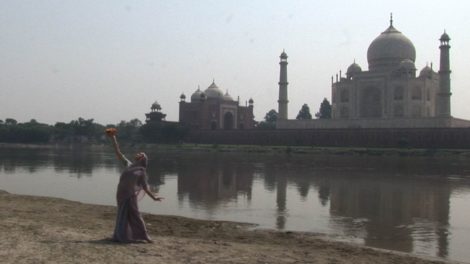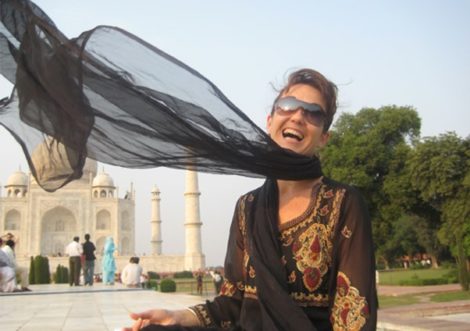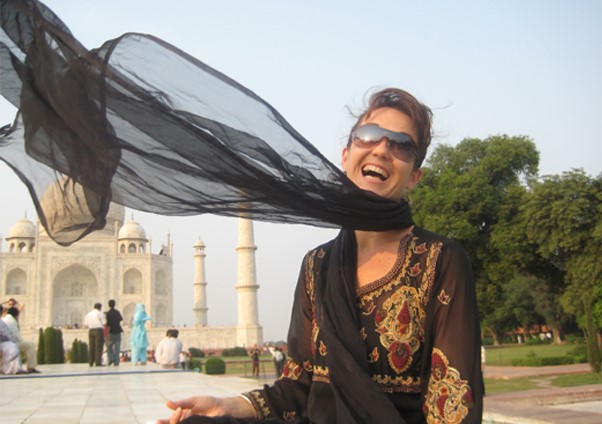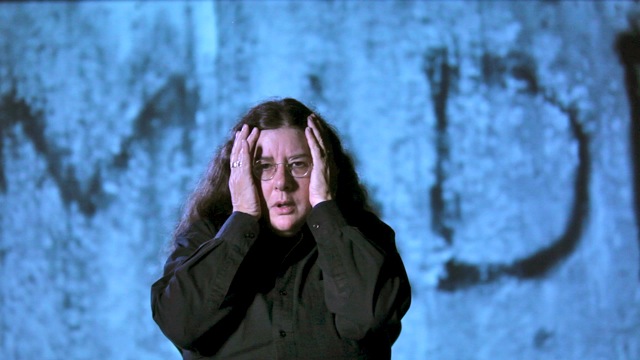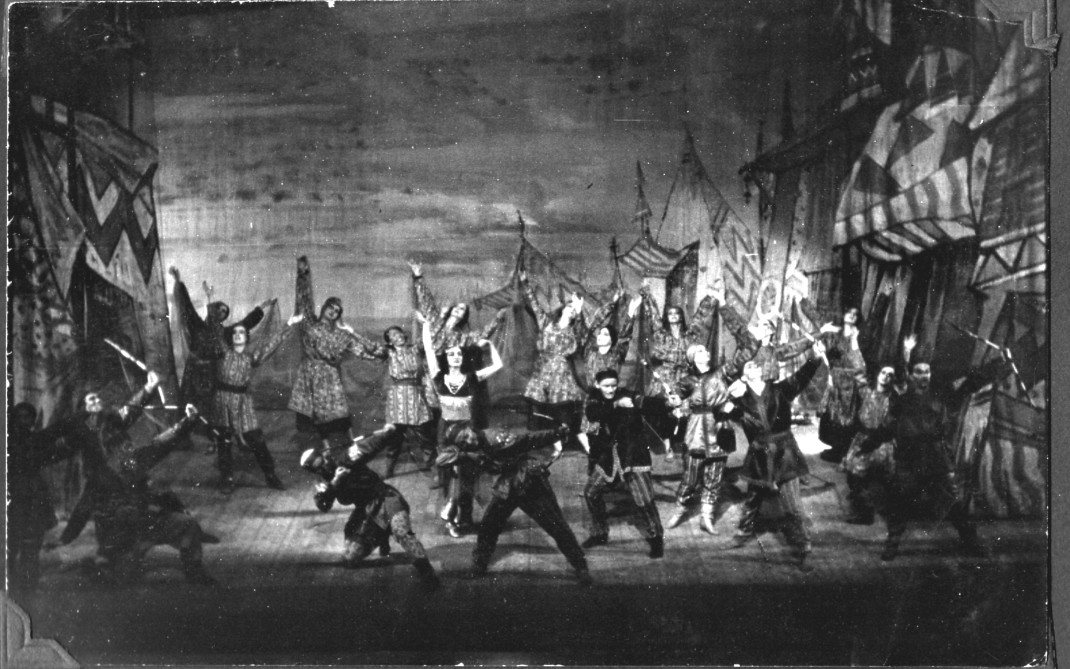28 January 2011, Sydney Theatre, Walsh Bay. Sydney Festival, 2011
Wayne McGregor’s Entity, performed by his company Random Dance as part of the 2011 Sydney Festival, begins and ends with black and white footage of a greyhound in motion. It may be or be based on the work of the nineteenth-century, British-American photographer Eadweard Muybridge, a pioneer of the physics of animal locution. It certainly recalls the work of Muybridge. To me this visual clue is of far greater import and carries much more interest for the viewer than any amount of philosophical discussion of McGregor’s research project ‘Choreography and cognition’ and his work with neuroscientists, as fascinating as those and other aspects of McGregor’s career are.
Entity shows the remarkable ability of the human body to move, bend, twist, flex, soar and travel. Like the greyhound the dancers are sleek. Their limbs extend and reach outwards. Their bodies are stretched long and lean. They use their muscles efficiently. They move with intention. In their black briefs and white T-tops, dispensed with towards the end to reveal black bra tops on the women and for the men a bare upper body, they hover on the edge of classical movement before morphing into strange new shapes. They twist and contort their bodies with one recurring motif being an arched spine with backside pushed out, the antithesis of the classically stretched spine with the head balanced perfectly at the top. Bodies are in constant dialogue with each other and the movement screams out its edginess.
Danced to a score by Joby Talbot followed by another from Jon Hopkins, the work is set in an enclosed space consisting of three light coloured, translucent screens, one at each side and one at the back of the stage area. Designed by Patrick Burnier they can be manipulated by a (viewable) mechanical system and lit when required. When lit (design by Lucy Carter) their internal structure is further revealed. During the second part of the work the screens rise above the dancers and are enhanced by video projections. From my position towards the back of the circle of the Sydney Theatre it was not entirely clear what the projections were other than they seemed to be various formulae. Part of the choreographer’s fascination with mathematical and engineering principles?
But in the end Entity is about McGregor’s choreography and about his attitude to how the body can move in this present day and age. It makes me long to see more of McGregor’s work, especially when danced by intensively trained ballet dancers. There are some great scenes of McGregor rehearsing Genus, his work for the Paris Opera Ballet, along with brief excerpts from the work in performance in the recent film La danse. While Random Dance performed superbly in Sydney, there is something additional in the way the dancers of the Paris Opera Ballet perform. There is a certain security in the way they move, an inherent understanding of the body, something deeply intuitive about movement, that allows McGregor’s classical references to be offset in a particular way. The mix of the classical and the restive tension of today becomes heightened and makes us see both and all more clearly.
Although this is a little simplistic, McGregor reminds me of Merce Cunningham, George Balanchine and William Forsythe rolled into one. He’s a formalist. He dispenses with fussy costumes and decorative sets. And he has a remarkable intellectual curiosity. It makes for unusual and ultimately satisfying dance, which in its essence is purely McGregor.
Michelle Potter, 31 January 2011
